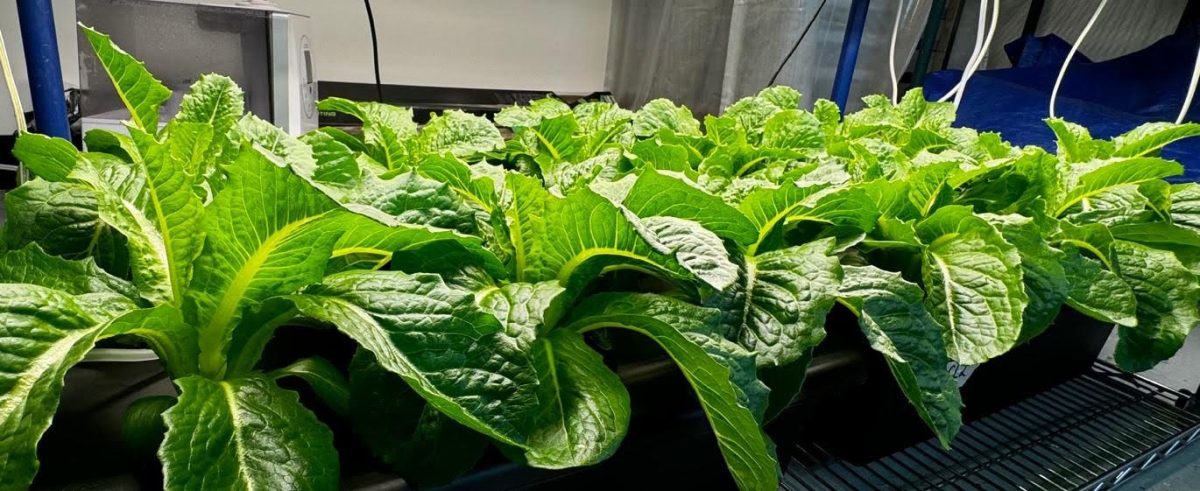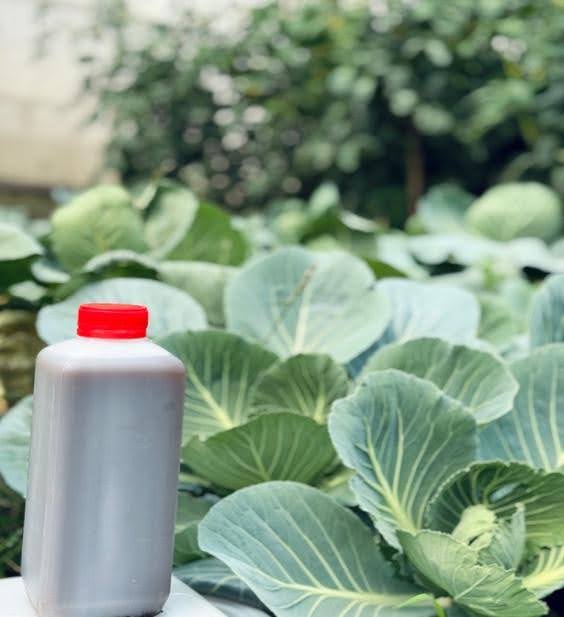As global food demand continues to rise with population growth, agriculture faces a dual challenge: producing more food while reducing environmental harm. For decades, inorganic fertilisers have played a key role in increasing crop yields and combating food insecurity. However, their overuse has led to serious environmental consequences, including soil degradation, water pollution and greenhouse gas emissions. Today, the future of farming depends on balancing productivity with sustainability, and integrated nutrient management (INM) is emerging as a critical solution.
INM promotes the careful and efficient use of all available nutrient sources, including organic, inorganic and biological options by combining traditional and modern nutrient management techniques. It provides a system-based approach that improves soil health, boosts crop productivity and minimises environmental impact. Although INM has mainly been used in field agriculture, recent innovations are making it more suitable for hydroponic systems, offering new possibilities for both open-field and controlled-environment farming.
At its core, INM aims to deliver the right combination and quantity of nutrients to crops, maximising nutrient use efficiency while maintaining soil fertility. Research shows that integrating organic matter such as compost, farmyard manure, vermicompost or poultry manure with inorganic fertilisers can significantly increase crop yields in field settings, as compared to solely inorganic fertiliser or organic fertiliser application.

Unlike conventional fertilisers that often deliver a surge of nutrients all at once, organic materials release nutrients slowly and steadily, supporting healthier plant growth over time. This more balanced release minimises nutrient losses, reduces input costs and contributes to long-term soil and crop resilience.
Bringing integrated nutrient management into hydroponics
Hydroponics, the soilless cultivation of crops using nutrient-rich water, is gaining traction as a sustainable alternative to conventional agriculture. It allows for year-round production, uses less land and water and can be deployed in both urban and rural settings. However, most hydroponic systems depend heavily on inorganic nutrient solutions, which can be costly both economically and environmentally.
To align hydroponics with sustainability goals, researchers are now exploring how INM principles, especially the use of liquid organic inputs, can be adapted for hydroponic environments. This shift is being driven by the need to reduce dependence on inorganic fertilisers and to manage the mounting volume of agricultural waste in a circular, eco-friendly way.
Field and hydroponic applications as a unified strategy
While hydroponics offers innovation in controlled environments, INM’s roots remain strong in field-based agriculture. Previous studies have shown that the combined applications of organic and inorganic fertilisers have consistently shown yield improvements across a range of crops such as rice, maize, millet, and sunflower. Similar integrated strategies can now be deployed in both systems, creating a unified approach to sustainable farming.
Moreover, field trials have shown that substituting inorganic nitrogen with vermicompost or other organic sources can boost crop performance. In hydroponic setups, partial substitution strategies using organic liquid fertilisers have also yielded encouraging results. For example, lettuce grown with vermicompost tea supplements achieved better yields even when inorganic nutrient concentrations were reduced to 25% and 50% of recommended levels. Similarly, combining goat manure-based liquid fertiliser with a commercial nutrient solution showed comparable growth to full inorganic fertiliser treatments.

Toward sustainable nutrient management
The global agricultural sector generates over 10 billion tons of waste annually, a figure expected to double by 2050. Rather than treating this as a burden, innovative nutrient management approaches like aerobic and anaerobic digestion are converting waste into valuable fertiliser inputs. This not only addresses the pressing issue of agricultural waste disposal but also contributes to a circular bioeconomy.
Liquid integrated nutrient management, particularly in hydroponics, offers a practical way to reduce dependency on finite inorganic inputs while enhancing resilience and yield. As countries and producers seek ways to adapt to climate change, reduce production costs and protect environmental health, INM provides a flexible, scalable solution.
The road ahead
The integration of organic liquid fertilisers into hydroponic and field farming systems is still evolving but holds considerable promise. By aligning the best of both worlds, organic and inorganic inputs, traditional and modern systems, INM supports a transition toward more regenerative and efficient agricultural practices.
As more research and pilot programs demonstrate its feasibility, INM will likely become a central pillar of future farming strategies. Whether in rural fields or urban greenhouses, its potential to deliver sustainable productivity is clear and essential for meeting tomorrow’s food security challenges.






